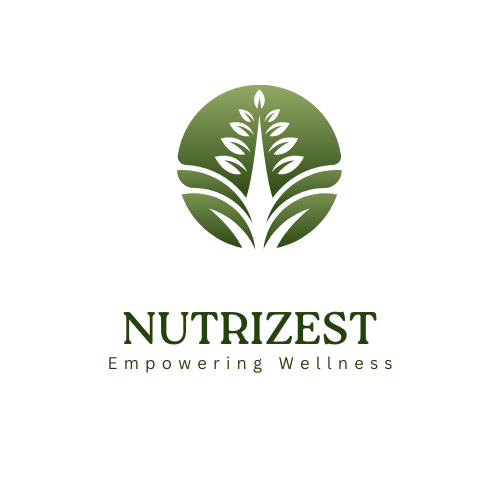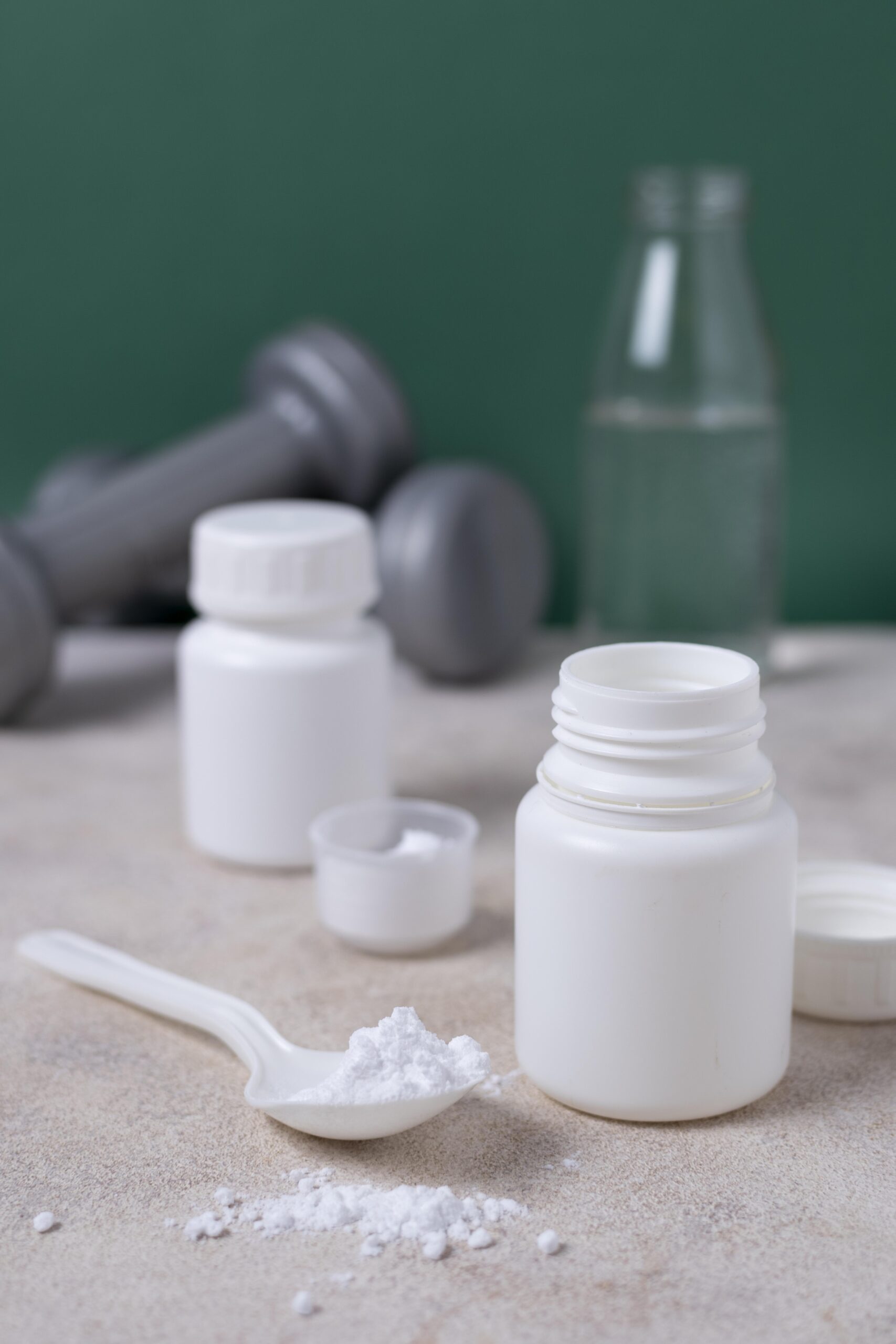Creatine on a Bulk: Detailed Review
Table of Contents
- Introduction
- What is Creatine
- Can I Take Creatine on a Bulk?
- Uses of Creatine
- Advantages of Creatine
- Disadvantages of Creatine
- Dosage
- Timings
- Results
- Naturally Growing Creatine
- Conclusion
Introduction
Bulking aims to grow muscles and increase strength while keeping fat gain low. Supplements like creatine are key. We’ll explore if creatine helps on a bulk, its benefits and drawbacks, and how to boost its effects naturally.
What is Creatine?
Creatine is a natural substance in our muscles. It’s made from three amino acids: arginine, glycine, and methionine. It helps muscles get energy during hard workouts.
It’s also a popular supplement to boost athletic performance and muscle growth.
Can I Take Creatine on a Bulk?
Yes, you can take creatine while bulking. It’s great for muscle growth and improving workout performance. It helps build strength and power, aiding in muscle growth.
Ingestion and Digestion
Creatine is first digested in the stomach, whether from food or supplements.
1.Stomach: It meets stomach acid, but acid doesn’t break it down much. Instead, it helps dissolve creatine for better absorption.
2.Small digestive track: Creatine is then absorbed in the small intestine. This is where most of the digestion happens.
Absorption into the Bloodstream
- Active transport: Creatine needs energy to move against the concentration gradient. It uses sodium ions to get into cells.
- Intestinal blood: After digestion, creatine goes into the bloodstream. It’s carried to the liver and then to the rest of the body.
Distribution to Tissues
Creatine circulates in the blood and reaches different tissues. It focuses mainly on muscles, where it has the most impact.
1.Muscle Uptake: Muscle cells have special transporters for creatine. This helps it get into muscle cells.
2.Intracellular Transport: Inside muscle cells, creatine is turned into phosphocreatine. This form is key for quick energy during intense exercise.
Intramuscular Storage
Muscle cells store creatine, mostly as phosphocreatine and some as free creatine. The amount stored depends on muscle type and creatine intake.
1.Phosphocreatine: It’s a quick energy source for ATP during intense efforts.
2.Free Creatine: It can quickly turn into phosphocreatine when needed.
Enhancing Creatine Absorption
Here are some strategies to improve creatine absorption:
1.Carbohydrate Co-ingestion: Taking creatine with carbs boosts insulin levels. This helps muscles absorb creatine better.
- Creatine loading: 20 grams a day for 5-7 days. Then, take 3-5 grams daily.
3.Micronized Creatine: This type has smaller particles. It dissolves and absorbs better than regular creatine.
4.Timing: While timing isn’t as important, taking creatine after workouts can help. Do it with protein and carbs for better muscle uptake.
Factors Affecting Absorption
Several factors can affect creatine absorption:
1.Individual Variability: Genetic differences and diet can influence how well creatine is absorbed.
2.Hydration: Drinking enough water is key for creatine transport and use. Creatine pulls water into muscle cells.
3.Non-Responders: Some people, known as non-responders, don’t see big benefits from creatine. This could be due to high muscle creatine levels or other factors.
Uses of Creatine Considering Creatine on a bulk
Creatine is used for several purposes:
1.Improving Athletic Performance: It boosts strength, power, and high-intensity exercise performance.
2.Increasing Muscle Mass: It helps muscles grow by increasing water content and protein synthesis.
3.Supporting Recovery: It reduces muscle damage and inflammation after intense exercise.
4.Boosting Brain Function: Research suggests it may improve cognitive function and reduce mental fatigue.
Advantages of Creatine on a bulk
1.Increase muscle mass: Creatine increases water in muscles and promotes protein synthesis.
2.Enhanced Strength and Power: It boosts ATP production for better strength and power during workouts.
3.Improved Exercise Performance: It enhances performance in high-intensity activities, allowing for more reps and heavier lifts.
4.Accelerated Recovery: It reduces muscle damage and inflammation, leading to quicker recovery times.
5.Cognitive Benefits: It may improve brain function and reduce mental fatigue, though more research is needed.
Disadvantages of Creatine
- Water Retention: It can cause water retention, leading to temporary weight gain and a bloated appearance.
- Gastrointestinal Issues: Some people may experience stomach discomfort, diarrhoea, or cramping.
- Kidney Concerns: While safe for most, those with kidney issues should consult a doctor before using creatine.
- Not Effective for Everyone: Some people, known as non-responders, may not see significant benefits from creatine.
Dosage
The most common form of creatine is creatine monohydrate. You can find it in various articles.
The typical dosage includes:
- Loading Phase: 20 grams a day for 5-7 days to quickly fill muscle stores.
- Maintenance phase: 3-5 grams a day to keep muscle levels high.
Some people skip the loading phase and take 3-5 grams daily. This still achieves full saturation but over a longer time.
Timings
The timing of creatine supplementation can vary. Some common strategies include:
- Pre-Workout: Taking creatine before a workout to increase ATP availability during exercise.
- Post-Workout: Consuming creatine after a workout to replenish depleted stores and enhance recovery.
- Anytime: Since creatine levels in muscles build up over time, the specific timing may be less crucial as long as it is taken consistently.
Many athletes prefer post-workout supplementation, often combined with protein and carbohydrates to enhance absorption.
Results
When taken creatine on bulk regularly and combined with proper diet and exercise, large amounts of creatine can cause:
- Significant Muscle Gains: Noticeable increases in muscle mass and size.
- Improved Strength: Enhanced ability to lift heavier weights and perform more reps.
- Better Workout Performance: Increased endurance and power output during high-intensity training.
- Faster Recovery: Reduced muscle soreness and quicker recovery times between sessions.
Results can vary among individuals, but most users begin to notice benefits within a few weeks of consistent use.
Naturally Growing Creatine
While supplementation is the most effective way to increase creatine levels, it can also be obtained through dietary sources, such as:
- Red meat: Lamb is rich in creatine.
- Fish: Salmon, tuna and herring provide plenty of creatine.
- Other Animal Products: Milk and other dairy products contain smaller amounts of creatine.
- Pumpkin Seeds, Nuts, Walnut etc.
However, the creatine content in these foods is relatively low compared to supplementation, making it challenging to achieve the same benefits through diet alone.
Conclusion
Taking creatine on a bulk is highly beneficial for maximizing muscle growth, strength, and workout performance. Creatine is a research supplement that has many benefits, including increased muscle mass, improved athletic performance, and faster recovery. While there are some potential disadvantages, such as water retention and gastrointestinal issues, these are generally outweighed by the benefits for most individuals.
For those considering creatine supplementation, a typical regimen involves a loading phase followed by a maintenance phase, with flexibility in timing. While natural sources of creatine can contribute to overall intake, supplementation remains the most effective method for achieving significant muscle creatine saturation.
In summary, creatine on a bulk is an excellent supplement for building muscle, helping to improve results and improve overall performance in the gym.


What’s Going down i’m new to this, I stumbled upon this I’ve found It absolutely useful and it has helped me out loads. I am hoping to give a contribution & help other customers like its helped me. Good job.